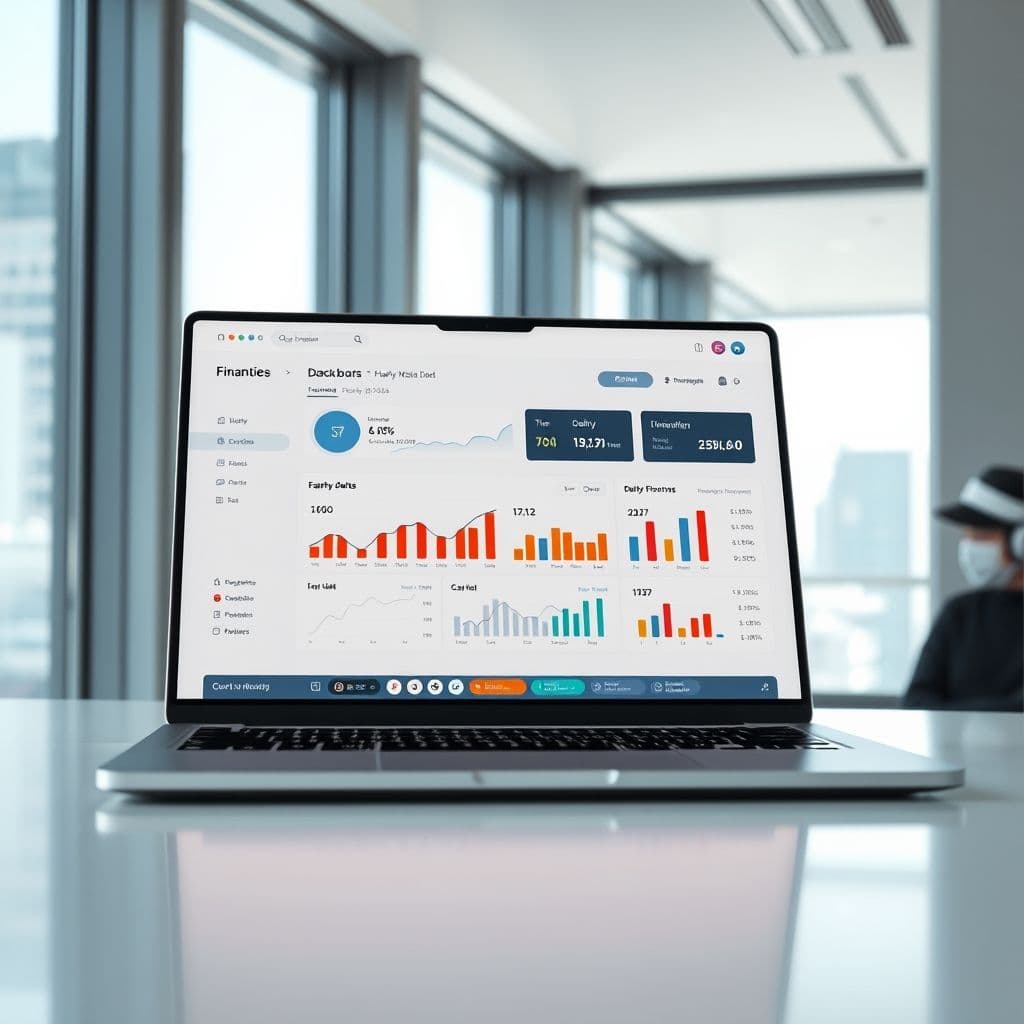The Debt Crisis: How a Financial Management SaaS Could Help

In today's economy, many Americans are drowning in debt, with credit cards, student loans, and mortgages weighing heavily on their finances. The average American carries significant debt, often at high interest rates, leading to financial stress and insecurity. This article explores the depth of this problem and imagines how a SaaS solution could potentially help individuals regain control of their finances.
The Problem: Causes and Consequences
The current financial landscape is bleak for many. With the average American holding between $7,000 and $8,000 in credit card debt at nearly 30% interest rates, plus student loans and negative auto equity, the burden is overwhelming. Comments from real people highlight the struggle: 'My finances are hanging on by a thin thread,' and 'I have $15,000 credit card debt working on it.' The lack of effective tools to manage and track these debts exacerbates the problem, leading to stress and long-term financial insecurity.

Idea of SaaS: How It Could Work
Imagine a personal finance management SaaS platform designed to help users track their debt, plan budgets, and improve financial literacy. This hypothetical tool could integrate all financial accounts into one dashboard, providing real-time insights into spending, debt levels, and interest rates. Key features might include automated debt payoff strategies, personalized budget recommendations, and educational resources to enhance financial literacy.
The platform could also offer scenario planning, allowing users to see how different repayment strategies would affect their financial future. For example, it could simulate the impact of paying an extra $100 per month on a credit card or student loan, showing the potential savings in interest and time to debt freedom.

Potential Use Cases
This SaaS could benefit a wide range of users. Young professionals drowning in student loans could use it to strategize repayments. Families juggling mortgages and credit card debt could find relief in its budgeting tools. Even those with no debt but limited savings, like the commenter who said, 'No debt but I also have no savings,' could use it to build a robust financial plan. The platform could adapt to various financial situations, providing tailored advice and tracking.
Conclusion
The debt crisis is a pressing issue for many, but innovative solutions like a financial management SaaS could offer a way out. By providing tools to track debt, plan budgets, and improve financial literacy, such a platform could empower users to take control of their finances. While this idea is still hypothetical, its potential impact is undeniable.
Frequently Asked Questions
- How viable is developing this SaaS idea?
- Developing this SaaS would require significant resources, including financial data integration, secure user authentication, and educational content creation. However, with the right team and technology, it could be a game-changer for personal finance management.
- What would be the biggest challenge in creating this platform?
- The biggest challenge would likely be ensuring data security and privacy, as users would need to link sensitive financial accounts. Additionally, creating personalized and actionable insights would require advanced algorithms and financial expertise.


